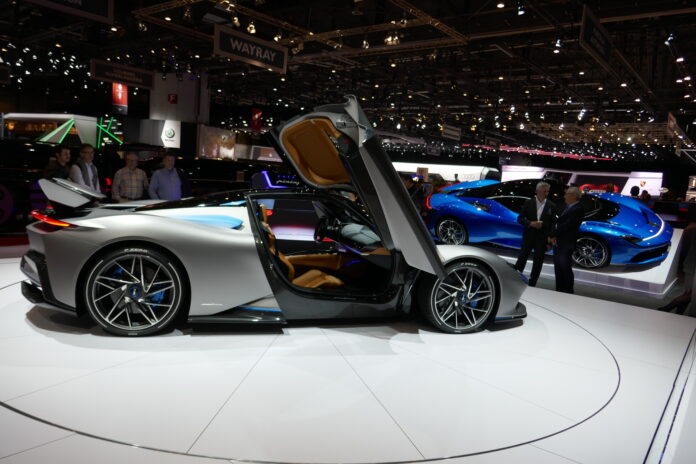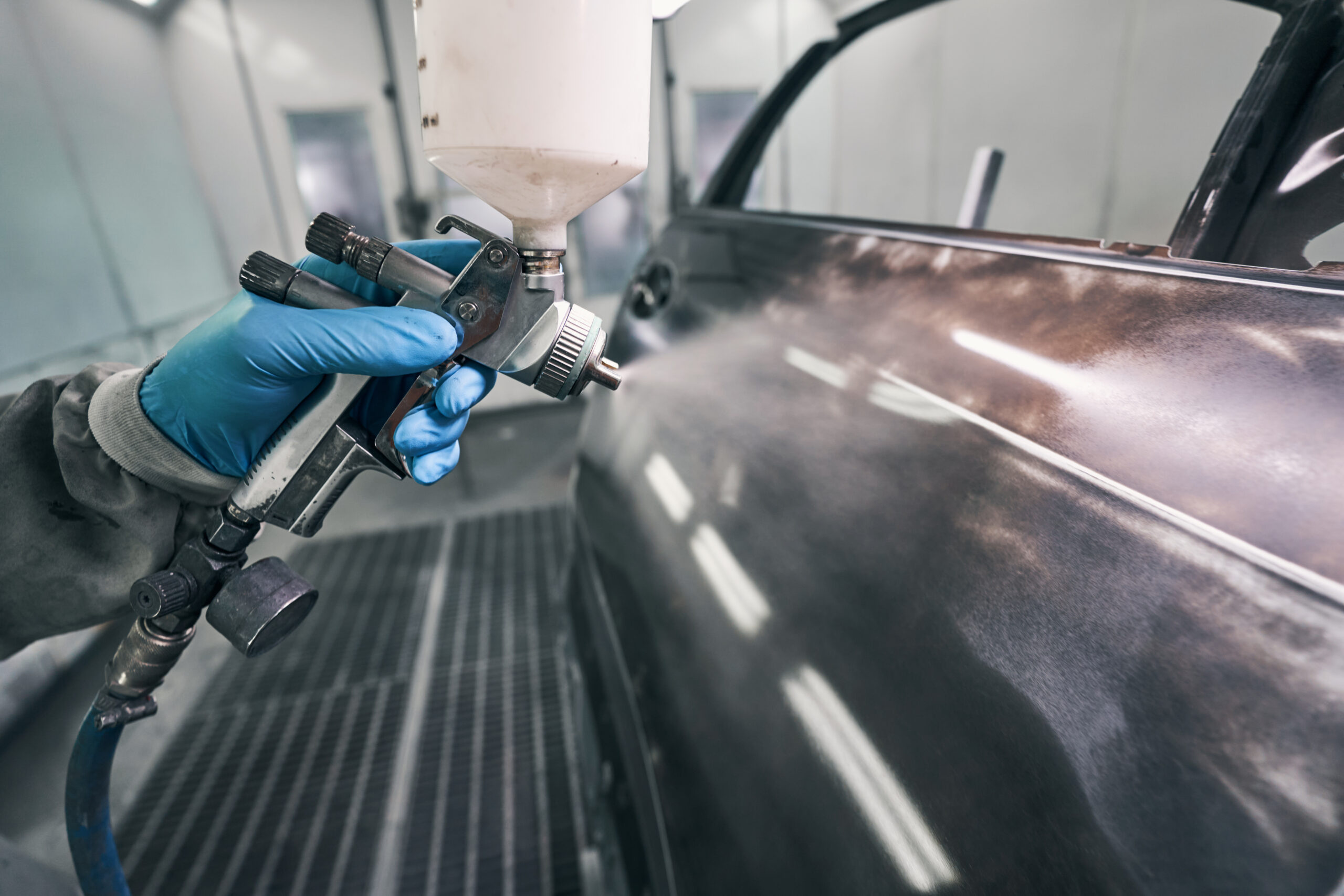The origin of a ‘sports car’ back in early 1900s was a vehicle chassis (the frame connecting all the mechanical elements together) onto which a body was built – in this case the lightest possible body to flatter the available engine power.
The very same chassis might be fitted with multiple bodies during its life, ranging from a limousine (usually more than 5 seats), a cabriolet (convertible), sedan / saloon (4 to 5 seats with a distinct box for luggage), coupe (usually 2 seats, but often an additional pair of small seats too) and so on. These body styles evolved from horse drawn carriages, with the body style ‘name’ coming from the same source.
As the chassis (frame) became integrated into the vehicle, the external shape continued with these names. The ‘sports car’ became an umbrella term for anything that might be more agile and / or faster in a straight line than other models. Typically, in racing a ‘sports car’ would have enclosed wheels and the space for 2 people, even if one space did not even have a seat. If we consider Le Mans, originally the driver would complete the race with a mechanic riding alongside. The rules evolved to allow the driver to be alone, but they have to be able to complete basic repairs if required on the track – so the mechanic’s tool kit remains, as does the space for their seat.
For road cars the term has a looser definition, except for vehicles built to allow a model to qualify for competition on race tracks, rallying and hill climbs.




